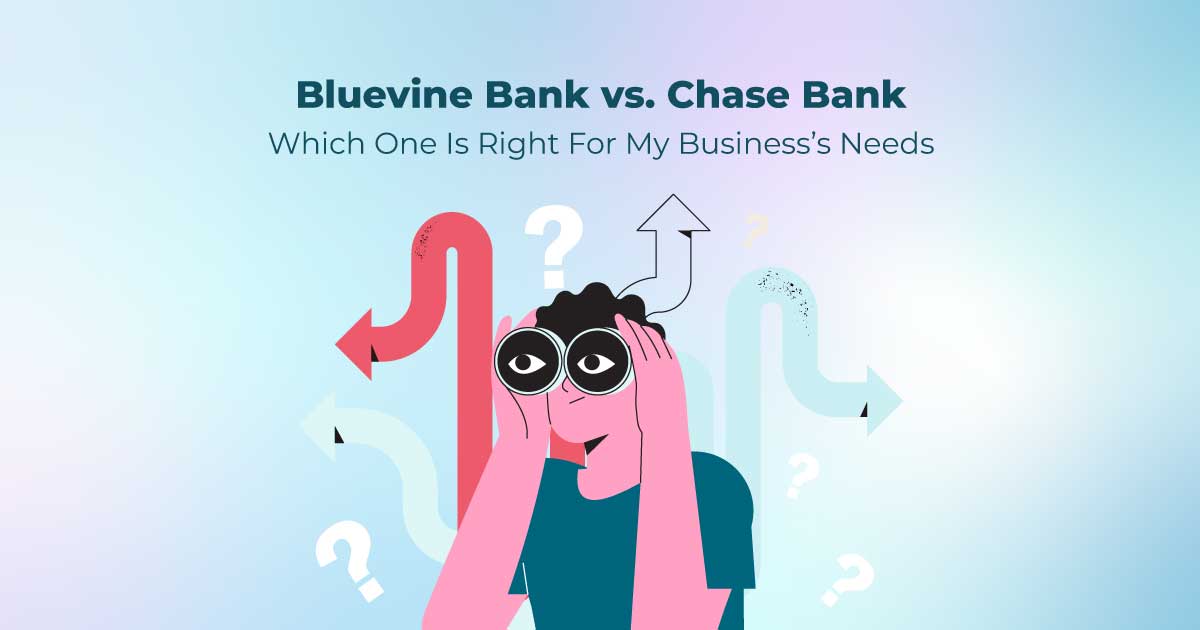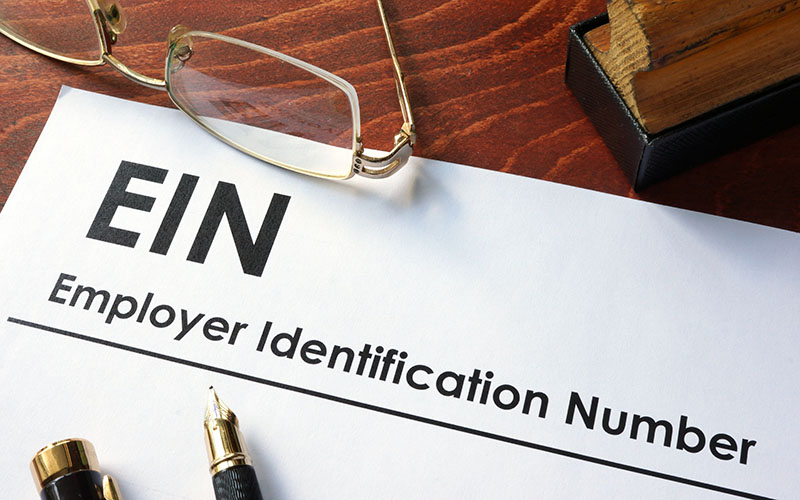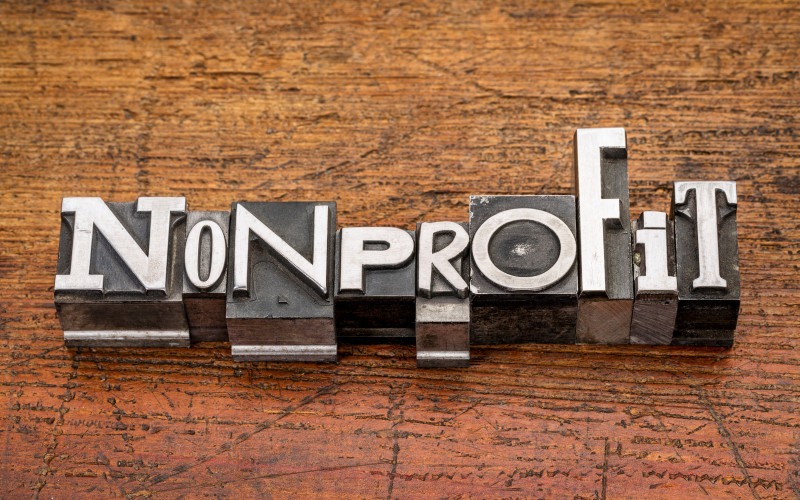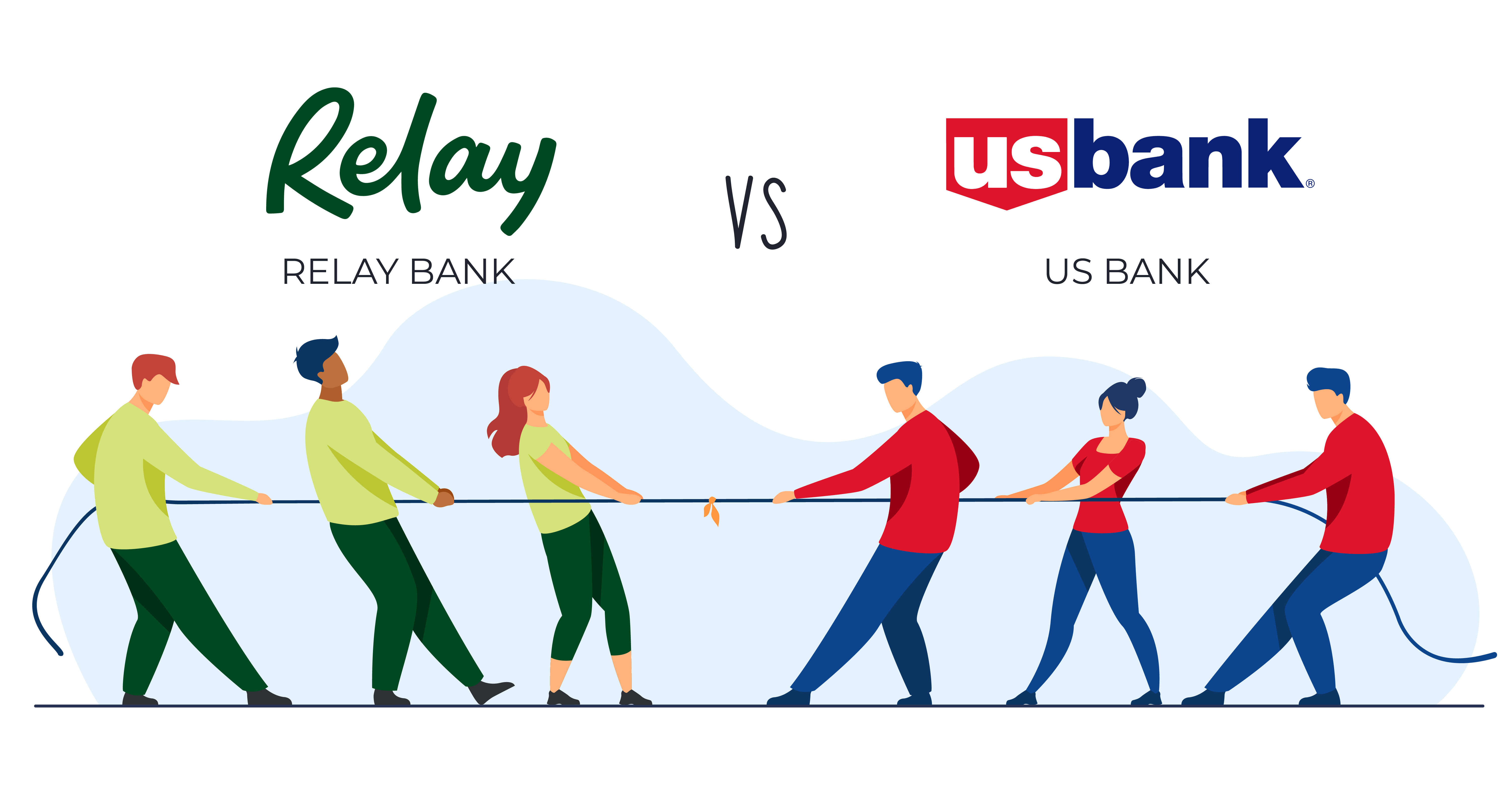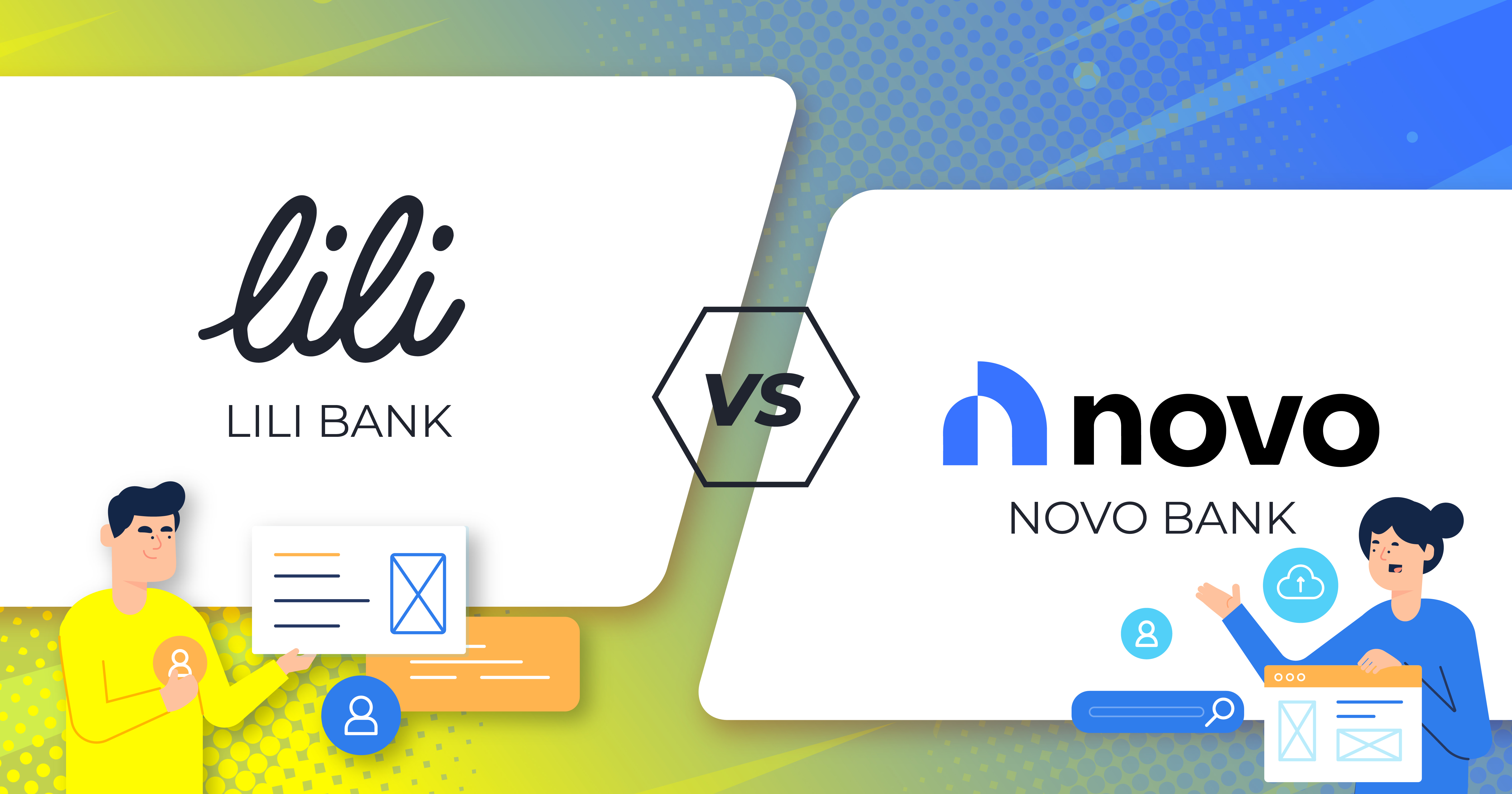- Home
- Business Banking
- A Glossary of 20 Uncommon Business Banking Terms for Non-Profit Organizations: An Easy Guide
A Glossary of 20 Uncommon Business Banking Terms for Non-Profit Organizations: An Easy Guide
Key Takeaways
- The guide provides a comprehensive glossary of 20 key business banking terms to help non-profits navigate their financial options effectively
- It details practical uses of financial instruments like escrow accounts and donor-advised funds, aiding non-profits in efficient fund management
- Services such as sweep accounts and lockbox services are included to optimize non-profits' cash flow and financial operations
- It describes financial strategies like tax-exempt financing and charitable gift annuities, which can help non-profits secure capital at lower costs
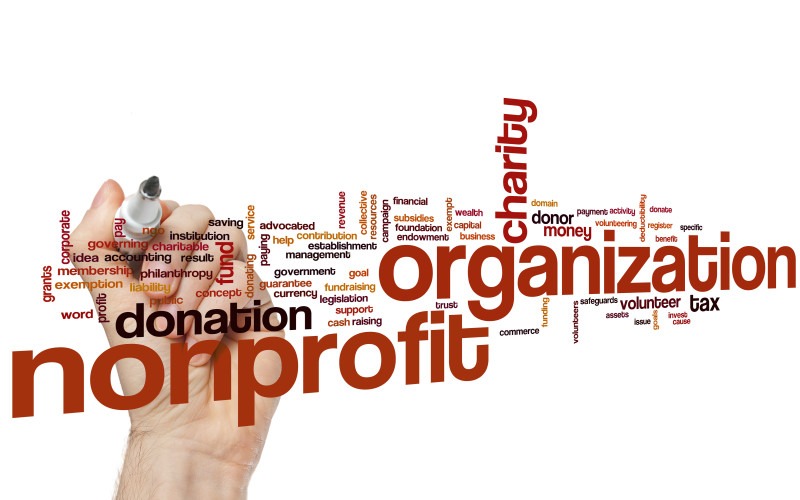
Are you tired of feeling lost in the world of business banking as a non-profit organization? Our "Glossary of 20 Uncommon Business Banking Terms for Non-Profit Organizations" is the solution to demystifying the jargon and complexities of banking for non-profit entities. This guide covers 20 widely used terms, providing clear and easy-to-understand definitions for non-profit organizations to navigate the business banking landscape confidently. If you want to establish a non-profit business, use this valuable resource to stay financially organized and successful.
Let's dive into the glossary of uncommon business banking terms for non-profits to understand.

- Escrow Account
An escrow account is a special type of bank account that holds funds in trust until certain conditions have been met. These conditions may include reaching a specific fundraising goal, completing a specific project, or fulfilling certain legal requirements.
Escrow accounts in non-profits are often used to hold donations, grants, or other funding for specific projects or initiatives. These funds are held by the escrow agent until the agreed upon conditions are met and then released to the non-profit for the intended use. This ensures that the funds are used for their intended purpose and that the non-profit organization complies with legal or regulatory requirements.
- Letter of Credit (LOC)
A Letter of Credit (LOC) is a financial instrument often used in international trade transactions as a guarantee of payment. In the context of a non-profit organization, a LOC can be used to secure funding from donors or grant-making organizations. The non-profit organization would typically present the LOC to the donor or grant-making organization as a guarantee that the funds will be used for the specified purpose and that the non-profit has the ability to repay the funds if necessary.
- Sweep Account
A sweep account is a type of bank account used by non-profit organizations to manage their cash flow and ensure that funds are used efficiently. The account automatically transfers any excess funds into a separate savings or investment account. This helps the organization earn interest on idle funds and have sufficient funds available for unexpected expenses. The non-profit can set a target balance for the sweep account, and any funds above that balance will be automatically transferred to the savings or investment account.
- Lockbox Service
A lockbox service is a service offered by banks that allows non-profit organizations to outsource their accounts receivable processing. The service enables customers to make payments by mailing them to a special post office box, which the bank then processes, helping non-profit organizations streamline their accounts receivable process and improve cash flow management. The bank handles the processing of payments, deposits them into the non-profit's account, and provides detailed reporting on the funds received.
- Tax-exempt Financing
Tax-exempt financing refers to financial products or services that are available to non-profit organizations and are exempt from federal income tax. These products may include municipal bonds, tax-exempt leases, and other financial instruments that can help non-profit organizations access capital at lower costs. This type of financing is available to 501(c)(3) organizations and can help them raise funds for specific projects or programs while minimizing their tax liability.
For example, a non-profit organization could issue tax-exempt bonds to raise funds for a new building, and investors would not have to pay federal income taxes on the interest earned from the bond. Tax-exempt financing can be a valuable tool for non-profit organizations looking to access capital while keeping costs low and maximizing their impact.
- Donor-Advised Fund (DAF)
A Donor-Advised Fund (DAF) is a type of charitable giving vehicle that allows donors to contribute to a fund and receive an immediate tax deduction. The donors can then recommend how the funds in the DAF should be distributed to charitable organizations over time.
Non-profits can benefit from DAFs in multiple ways. Firstly, they provide a reliable source of funding, as the funds that are contributed to the DAF are committed to being used for charitable purposes. Secondly, the funds are invested and grow tax-free until they are distributed to non-profit organizations. Thirdly, DAFs can provide a way for non-profits to attract new donors and engage existing ones, as donors can recommend the non-profit organizations they wish to support.
- Charitable Gift Annuity (CGA)
A Charitable Gift Annuity (CGA) is a financial arrangement in which a donor makes a charitable contribution to a non-profit organization in exchange for a fixed income for life. The donor transfers cash or securities to the non-profit in exchange for the non-profit's promise to pay a fixed sum to the donor or another beneficiary designated by the donor for the remainder of their life. The payments can be made monthly, quarterly, semi-annually, or annually.
- Charitable Remainder Trust (CRT)
A Charitable Remainder Trust (CRT) is a financial vehicle that allows a donor to make a charitable contribution, receive a stream of income for a specified period of time, and provide a significant benefit to a non-profit organization. The donor transfers cash or securities to a trust, which a trustee manages. The trust then pays an income, usually a fixed percentage of the initial value of the assets, to the donor or another beneficiary designated by the donor for a specified time. After the trust duration ends, the remaining assets are distributed to the designated charitable organization.
- Fundraising Campaign
A fundraising campaign is a coordinated effort by a nonprofit organization to solicit financial support from donors. It can include tactics such as direct mail appeals, events, online fundraising platforms, etc. A fundraising campaign aims to raise money to support the organization's mission and programs.
- Grant Application
A grant application is a request made by a nonprofit organization to a funding source for financial support. It typically involves submitting a proposal outlining the organization's goals, objectives, and budget. Grant applications are usually submitted to foundations, government agencies, and organizations that fund specific projects or programs. Organizations must meet specific eligibility criteria to be considered for funding via grants.
- Sponsorship
Sponsorship is a form of financial support from a business or other organization to a nonprofit event or program. The sponsorship can be in the form of cash or in-kind resources, such as goods or services. Nonprofit organizations often seek sponsorships as a way to support their programs and activities, and sponsors may receive recognition or other benefits in exchange for their support.
- Endowment
An endowment is a fund established by a nonprofit organization to support its programs and activities over the long term. Endowments are typically funded by charitable donations and are invested to generate income that can be used to support the organization's operations.
The principal of the endowment is not spent. Only the interest or earnings generated by the endowment are used for the organization's mission. Endowments are considered a stable source of funding as they help organizations plan for the future and maintain their programs and services even during difficult economic times.
- Restricted Funds
Restricted funds are financial resources that donors designate for a specific purpose or program within a nonprofit organization. The donor earmarks these funds for a particular use, such as a project, program, or even a capital campaign.
Nonprofit organizations must carefully manage restricted funds and ensure that they are used for the purposes intended by the donors, as they are bound by laws and regulations to utilize these funds as per the donor's intent. Misuse of restricted funds can lead to legal and reputational issues for the organization.
- Unrestricted Funds
Unrestricted funds are financial resources not designated to any specific purpose or program within a nonprofit organization. These funds are not earmarked by the donor for any particular use, giving the organization more flexibility to use them for any purpose that aligns with its mission and goals, whether for general operating expenses, unforeseen needs, or new opportunities. Unrestricted funds are considered the most flexible funding source as they allow organizations to respond to changing circumstances and adapt to new opportunities.
- Social Enterprise
A social enterprise is a business model in which a nonprofit organization generates income by selling goods or services to further its social or environmental mission. Social enterprises can be a good way for nonprofit organizations to diversify their funding sources and become more financially self-sufficient.
Social enterprises can take on various forms, including but not limited to fair trade shops, community gardens, recycling programs, and organizations that combine both nonprofit and for-profit objectives. The income generated from social enterprise is used to support the organization's mission and programs. This allows them to have more control over their funding and become less dependent on external funding sources.
- Nonprofit Credit Card
Nonprofit credit cards are specifically designed for use by nonprofit organizations. They offer special rewards or benefits tailored to nonprofit organizations' needs, such as higher rewards for charitable donations, lower fees, and other perks to help the organization save money and raise funds.
Banks or other financial institutions often issue nonprofit credit cards in partnership with nonprofit organizations or their networks. These credit cards may also offer additional benefits such as financial management tools, reports, and statements that can aid the organization in keeping track of its expenses and transactions efficiently.
- Nonprofit Checking Account
A nonprofit checking account is a type of bank account specifically designed for nonprofit organizations. These accounts may offer features such as waived fees or higher interest rates on balances. It’s usually banks or credit unions that specialize in working with nonprofit organizations that have provisions for these accounts.
Non-profit checking accounts offer features such as check-writing capabilities, debit card options, and online banking services, enabling the organization to manage its funds efficiently and effectively. They may offer additional benefits such as discounts on other bank products and services and access to specialized nonprofit financial management tools and resources.
- Nonprofit Savings Account
A nonprofit savings account is a type of bank account specifically designed for nonprofit organizations. These accounts offer features such as higher interest rates or waived fees to help organizations save money and earn more on their deposits.
These special savings accounts help nonprofit organizations meet their short-term and long-term savings goals, such as funding a specific project or program or building an emergency fund. They also offer additional features such as online banking, automatic savings plans, and tiered interest rates based on the balance.
- Nonprofit Money Market Account
A nonprofit money market account is a type of bank account specifically designed for nonprofit organizations. These accounts may offer features such as higher interest rates or flexible withdrawal options to help organizations manage their cash flow. A nonprofit money market account is a type of savings account that typically offers a higher interest rate than a traditional savings account and allows a limited number of check-writing or withdrawal transactions.
Nonprofit organizations often use these accounts as a way to earn a higher return on their cash while still having easy access to their funds for operational expenses or unexpected needs. Nonprofit money market accounts may also offer check-writing capabilities, debit card options, and online banking services, allowing the organization to manage its funds efficiently.
- Nonprofit Credit Line
A nonprofit credit line is a type of lending arrangement in which a bank or other financial institution provides a nonprofit organization with a pre-approved amount of credit that can be used on an as-needed basis. Nonprofit credit lines can be a good way for organizations to access working capital to support their operations.
This type of credit line allows organizations to borrow money as they need it, up to a certain limit, and they only pay interest on the amount they borrow.
Nonprofit credit lines can cover expenses such as payroll, inventory or equipment purchases, or unexpected expenses. They can also be used to support seasonal or cyclical cash flow fluctuations. These credit lines typically require regular payments, and the terms and interest rates are usually based on the creditworthiness of the organization and its ability to repay the loan.

Navigating the Financial Landscape for Nonprofits
With this easy guide, you can now understand the different funding options available to nonprofit organizations. It will help you make informed decisions about how to raise and manage your funds and have the resources you need to achieve your non-profit goals. So, take the time to evaluate your options, and find the best funding sources that match your organization's needs.
Can a non-profit use a Letter of Credit (LOC) for domestic projects, or is it only for international use?
While LOCs are commonly used in international trade, non-profits can also use them domestically to secure project funding and assure donors that funds are managed appropriately.
What are the main advantages of a sweep account for a non-profit?
A sweep account automatically transfers excess funds into a savings account, helping non-profits earn interest on idle money and maintain liquidity for unexpected expenses.
How does a lockbox service improve a non-profit's operations?
Lockbox services streamline payment processing by quickly converting received checks into account deposits, improving cash flow and reducing administrative burdens.
What is tax-exempt financing and who qualifies for it?
Tax-exempt financing includes instruments like municipal bonds, which are not subject to federal taxes. These are available to 501(c)(3) certified non-profits, reducing borrowing costs for large projects.
How do Donor-Advised Funds (DAF) work and how can they benefit my non-profit?
DAFs allow donors to make charitable contributions, receive immediate tax benefits, and recommend grants over time. Non-profits benefit from DAFs through sustained funding and potential growth in donations due to tax advantages for donors.
Edited by:
Bryan Huynh
•
Product Tester & Writer



